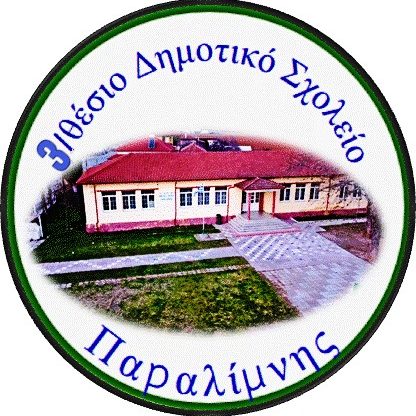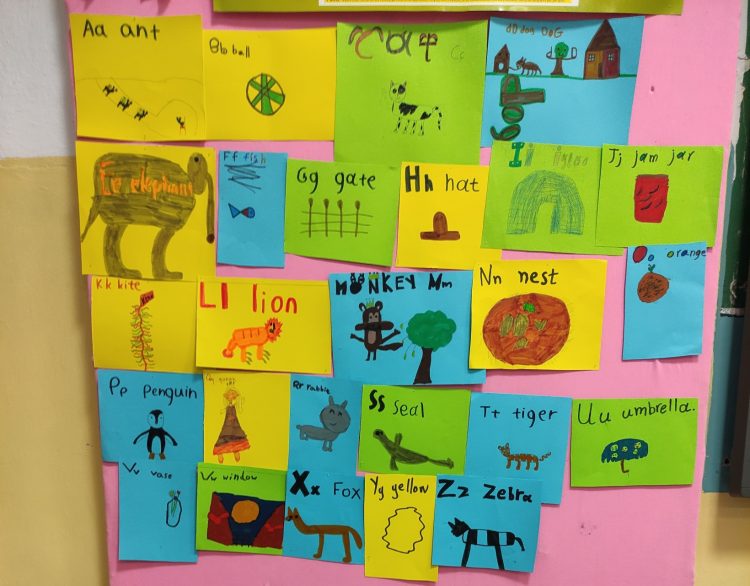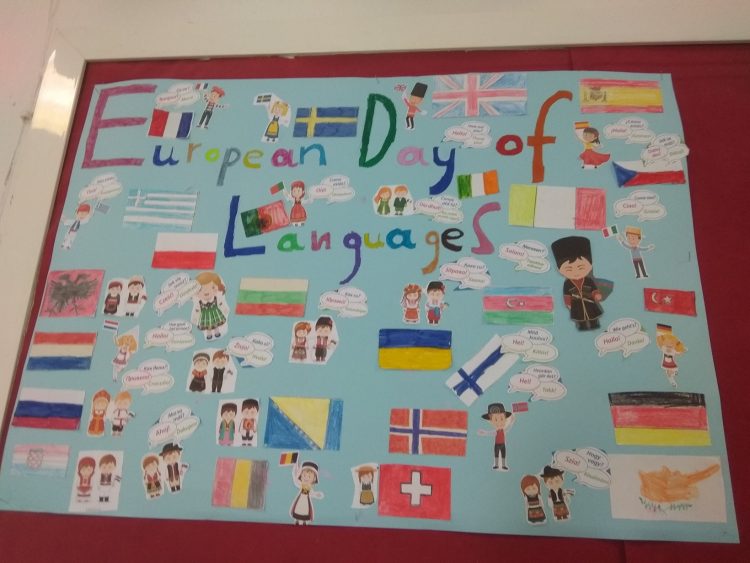In Spring there are plenty of occasions to learn more about customs and traditions of English speaking countries.
Here are two spring activities that we enjoyed. The first one was something new for the pupils, while the second is a “tradition” recently adopted by Greek children.
The Easter Egg Hunt


The Easter Bunny visited our school just before the Easter break and hid paper eggs all around our school yard! The Bunny was tricky, though! He wrote a silly command on each egg, such as “Sing a Song”, “Count to Twenty”, “Sit on The Grass” or “Tell Five Colors”. Pupils hunted for the eggs and as soon as they did what was written on them, they were given a little chocolate egg! We had lots of fun trying to get as many eggs as possible!
A noisy outdoor activity is always welcome from time to time!
Mother’s Day Craft

On Friday we made cards for Mother’s Day that is celebrated today. A handmade craft cheers every mommy up!
We also learnt a lovely rhyme for this special day:
Every mouse and bumblebee
Every bird up in a tree,
Every caterpillar and ladybug,
Love’s to feel his mother’s hug.
Every bear so fat and funny
Loves his mother more than honey.
Just as woodland creatures do
I love my mother – oh yes I do!
_________________________________________
Την Άνοιξη έχουμε αρκετές ευκαιρίες για δραστηριότητες που μας διδάσκουν έθιμα και παραδόσεις των Αγγλόφωνων χωρών.
Δύο από τις ανοιξιάτικες δραστηριότητές μας σας παρουσιάζουμε παρακάτω. Η πρώτη ήταν κάτι καινούργιο για τους περισσότερους μαθητές, ενώ η δεύτερη είναι μία παράδοση διαδεδομένη και στη χώρα μας.
Το Κυνήγι του Πασχαλινού Αβγού
Όπως κάνει κάθε Πάσχα σε πολλές Αγγλόφωνες χώρες, ο Πασχαλινός Λαγός επισκέφτηκε φέτος και το σχολείο μας! Έκρυψε στην Αυλή του σχολείου πολλά χάρτινα αβγά για να τα βρούμε. Τα πράγματα, όμως, δεν ήταν τόσο απλά: πάνω σε κάθε αβγό ήταν γραμμένη μια αστεία εντολή, όπως “Τραγούδησε”, “Μέτρα ως το είκοσι”, “Κάθησε κάτω”. Μόλις κάναμε ότι ήταν γραμμένο στο αβγό που βρίσκαμε, παίρναμε ένα σοκολατένιο αβγουλάκι! Διασκεδάσαμε προσπαθώντας να βρούμε όσο πιο πολλά αβγά μπορούσαμε! Σε όλους αρέσει πού και πού μια διασκεδαστική δραστηριότητα στην αυλή!
Ημέρα της Μητέρας
Την Παρασκευή φτιάξαμε καρτούλες για την Ημέρα της Μητέρας που γιορτάζεται σήμερα στην Ελλάδα, αλλά και στην Αμερική (Στην Αγγλία γιορτάστηκε το Μάρτιο). Μια κατασκευή από τα χέρια των παιδών κάνει κάθε μανούλα να χαμογελά!
Επίσης μάθαμε ένα ωραίο ποίημα για την ξεχωριστή αυτή μέρα.

























